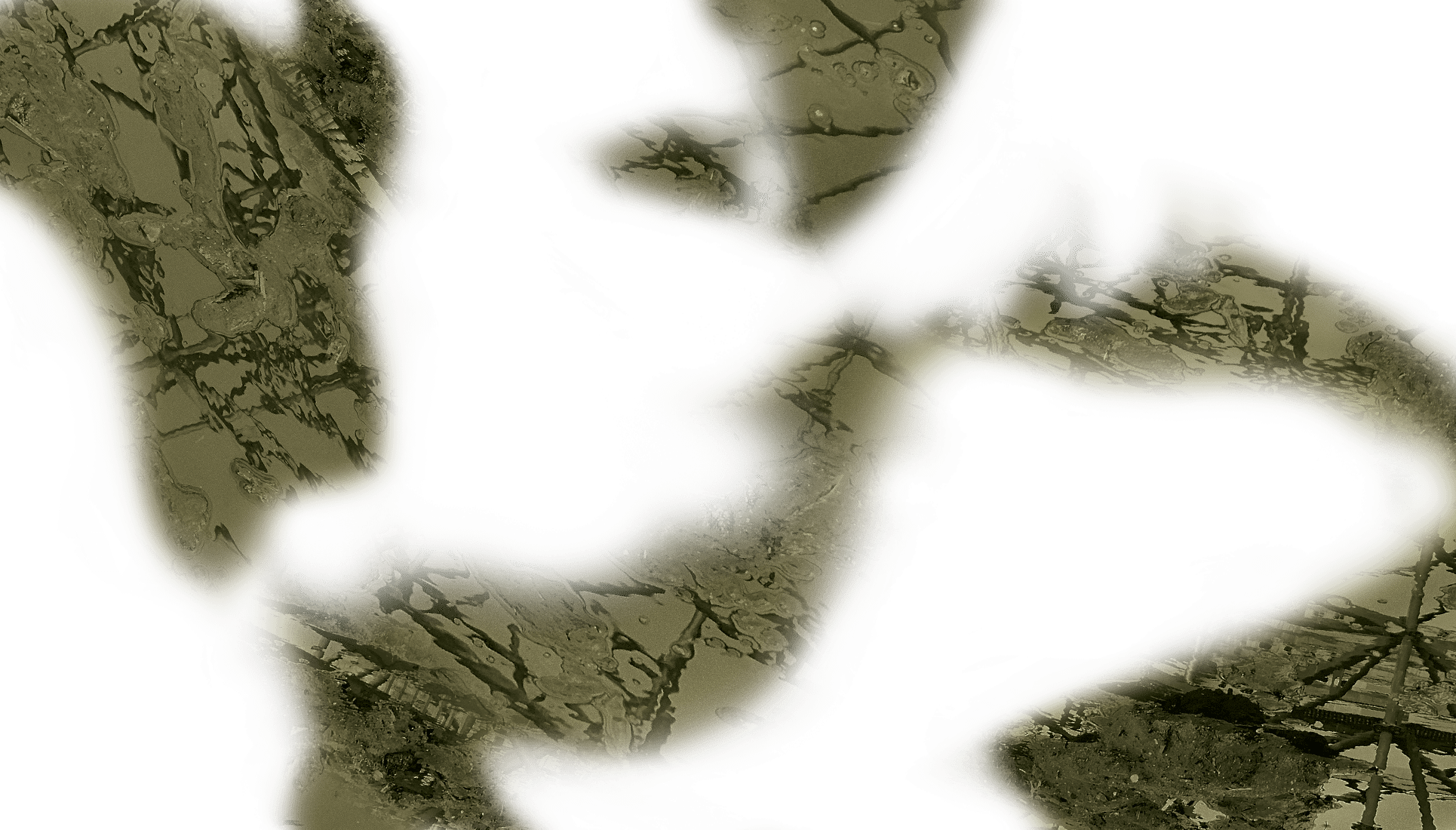⟶ Green Belt – Memorial Landscape
The Green Belt must be understood in the triad of nature-culture-history. Only the overall view justifies its designation as a National Nature Monument, the demand to nominate it as a UNESCO World Heritage Site, explains its importance, its high esteem by the public and its unbroken media presence even after 30 years. The inner-German border claimed numerous lives and caused great personal suffering, e.g. through the destruction of villages and the forced resettlement of thousands of people. In the euphoria of the fall of the Wall, hardly any thought was given to monument protection, so that border fortifications were dismantled in an unorganized manner just a few days after the fall of the Wall. The 1,393 km long Green Belt Germany is a visible and comprehensible structure in the landscape that allows the spatial extent of the border installations - and in most places also their characteristic structure - to be reconstructed and links individual memorial sites and relics with one another. Since the inhumane border installations paradoxically allowed nature to survive, the preservation of the Green Belt thus inseparably includes that of the border relics. Melanie Kreuz, BUND Green Belt Department, presents the increasing importance of the Green Belt as a memorial landscape, the experience of the Green Belt for locals and tourists, as well as the commitment of BUND to make memorial sites in the Green Belt continuously visible.
Melanie Kreutz studied landscape planning with a focus on landscape ecology at University of Kassel. Since 2003, staff member of BUND Department Green Belt, implementation of various national and international projects along the Green Belt Germany and Europe, especially along the Green Belt Germany-Czech Republic.

